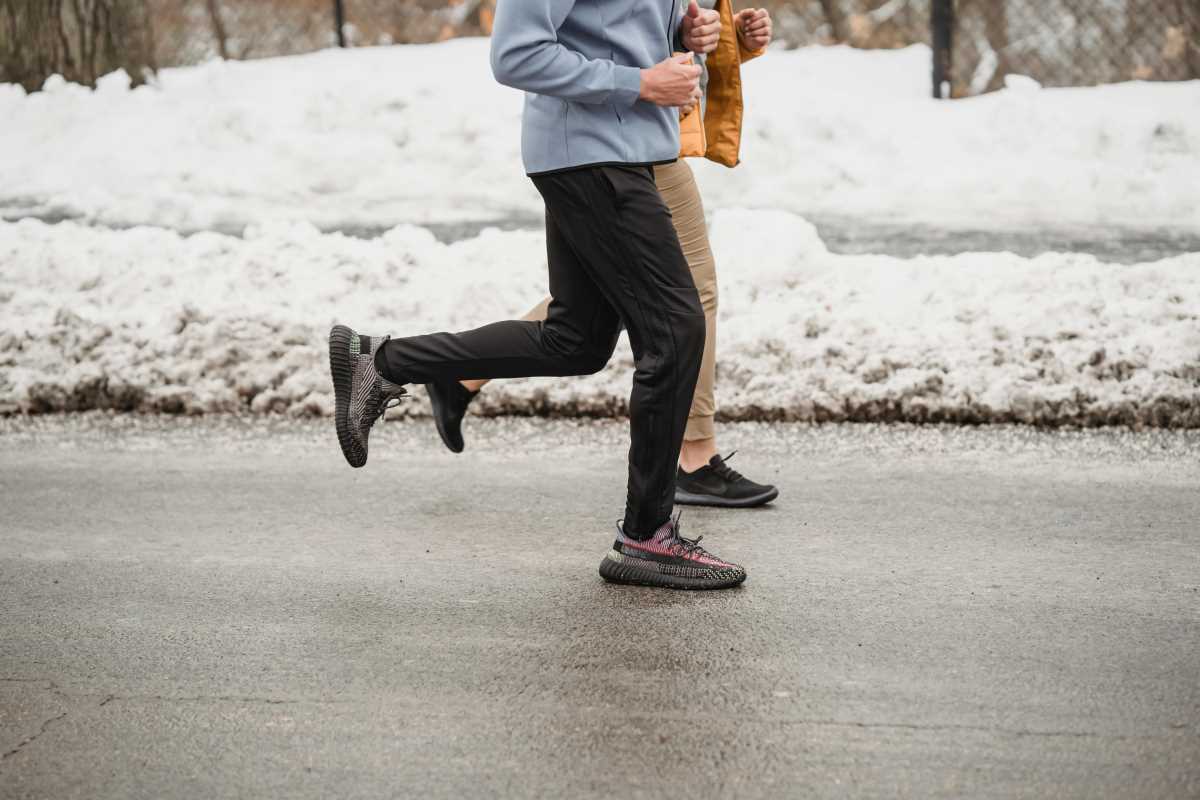Winter running presents a refreshing opportunity to test your endurance in an environment that challenges both body and mind. The brisk temperatures and glistening landscapes create a setting that is both demanding and inspiring, offering runners a unique chance to embrace the season's natural beauty. This form of exercise requires careful preparation, as the cold weather imposes conditions that demand thoughtful training methods and proper gear. Whether you are an experienced athlete determined to maintain your performance during the colder months or a newcomer excited to explore new challenges, planning your workouts for winter conditions is crucial. Embracing these challenges can lead to improved stamina and mental resilience, as well as a renewed appreciation for the outdoors. A well-structured winter running routine transforms the difficulties of cold weather into an invigorating journey toward greater fitness and personal growth. This innovative approach motivates individuals to push boundaries and enjoy lasting benefits.
Understanding the Benefits of Cold Weather Running
Cold weather running provides several advantages that can improve your overall fitness routine. The lower temperatures help your body burn more calories as it works harder to maintain its core temperature. Shorter daylight hours encourage early morning or evening runs, helping you establish a consistent exercise schedule.
Running in the cold also strengthens your immune system and improves your respiratory health. The brisk air can increase your lung capacity and make your respiratory muscles more resilient. The solitude often found in winter running routes provides a peaceful environment, allowing for better mental focus and stress relief.
Essential Gear for Cold Weather Running
Having the right gear is crucial to stay comfortable and safe while running in cold conditions. Here are some must-have items:
- Thermal Running Clothes: Look for moisture-wicking materials that keep you dry and insulated.
- Layered Clothing: Wear multiple layers to trap heat and allow for adjustments as you warm up.
- Windproof Jacket: Protects against chilly winds and prevents heat loss.
- Running Gloves: Keep your hands warm without restricting movement.
- Beanie or Headband: Covers your head and ears to retain body heat.
- Reflective Gear: Enhances visibility during early morning or late evening runs.
- Proper Footwear: Choose shoes with good traction to handle slippery surfaces.
Pre-Run Warm-Up Techniques
Warming up before your run is essential to prepare your muscles and joints for the physical activity ahead. Start with dynamic stretches such as leg swings, arm circles, and high knees to increase blood flow and flexibility. Incorporating movements that mimic your running stride can also help activate the necessary muscle groups.
Perform a light aerobic activity like brisk walking or a slow jog to gradually raise your heart rate. This gradual increase in intensity reduces the risk of injury and enhances your overall performance. Taking a few minutes to warm up properly ensures that your body is ready to tackle the challenges of cold weather running.
Tips for Building Endurance
- Gradual Progression: Start with shorter distances and slowly increase your mileage to allow your body to adapt to the cold.
- Consistent Training: Maintain a regular running schedule to build and sustain your endurance over time.
- Incorporate Interval Training: Mix in periods of higher intensity running with recovery phases to boost cardiovascular fitness.
- Strength Training: Include exercises that strengthen your legs, core, and upper body to enhance overall stamina.
- Stay Hydrated: Even in cold weather, your body needs adequate fluids to perform optimally.
- Nutrition: Fuel your body with a balanced diet rich in carbohydrates, proteins, and healthy fats to support extended runs.
- Listen to Your Body: Pay attention to signs of fatigue or discomfort and adjust your training accordingly to prevent burnout.
Safety Considerations in Cold Weather
Running in cold weather comes with its own set of safety concerns that runners must address to avoid health risks. Hypothermia and frostbite pose serious threats, so dressing appropriately and covering exposed skin is crucial. Wearing layers and choosing the right fabrics can significantly reduce the risk of these conditions.
Visibility is another critical factor, especially during shorter daylight hours. Wear reflective gear and consider using a headlamp or flashlight if you’re running in low-light conditions. Inform someone about your running route and expected return time, and carry a phone for emergencies. Staying aware of weather forecasts and adjusting your plans accordingly can help you stay safe while enjoying your cold weather runs.
Cold weather running offers a rewarding way to boost endurance and improve overall fitness. With proper gear, preparation, and safety precautions, winter runs can become an invigorating and transformative part of your training routine.
 (Image via
(Image via





.jpg)